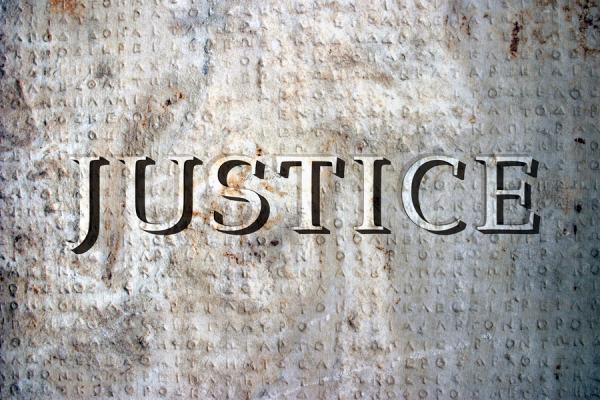
Vigils as Witness to Popular Criminal Trials
During criminal trials, courtrooms act as a social theater where communities enact cultural and legal commitments to the fair practice of justice. Trials bear witness to a number of communicative exchanges beyond individual declarations of guilt or innocence for a criminal act. For example, media presence at popular trials circulates legal arguments within broader communities that may invite a wide range of public scrutiny. In cases of violence understood as “bias crimes,” communities of mourners may assemble vigils to memorialize the person(s) attacked and bring critical attention to cultural relationships of power that privilege or stigmatize bodies and experiences in hierarchical and differential ways. These relationships operate within social logics of gender, racialization, and sexuality to normalize or make illegitimate the experiences, practices, and lives of bodies differentially located to an understanding of “the normal.” Publicizing these relations provides a deeper understanding of the motivations that animate interpersonal violence. Hence, the theatrics of public bias crime trials invokes a strong tension between understandings of collective and individual responsibility for attitudes that make violence towards others possible.
Taking account of this tension is evident in conflicting relationships to the law mobilized by lesbian, gay, bisexual, transgender and queer (LGBTQ) advocates. For some, disparate rates of violence targeting LGBTQ individuals and communities have necessitated legal tactics such as bias crime legislation to define and respond to criminal acts motivated by personal disgust or fear. In the setting of the courtroom, normative cultural attitudes are compacted by personal assertions to “deception,” “trans panic,” or “gay panic” as justifications for violent motives. These modes of response can frame the reaction to violence as an issue of individualized concern—that is, bias crimes are acts committed by irrational individuals out of fear or disgust and act without cultural motivation.
Yet, on the other hand, some LGBTQ advocates argue against an individualized emphasis in favor of situating acts within a larger frame of collective responsibility, and thus question the punitive logics used to respond to crime. That is, it is limiting to consider homophobic or transphobic violence as simply committed by “evil people” per se. Rather, they are acts legitimated by the logics of a heteronormative and cisnormative culture. The implications of this shift from the individual to the cultural means that political cultures ought to interrogate and imagine responses to not only individualized behavior and attitudes, but must also confront institutional practices and limitations on what it means to take up a position in the world as a gendered body or person with sexual desires. A cultural and communicative understanding of violent practices not only emphasizes the exceptional terror of bias crimes on trial, but also attends to the bureaucratization of the gender and sexuality that animate the relationship between individuals and institutions such as the law.
I explored the tension between individual and collective responsibility in an analysis of digital newspaper coverage, local photojournalism, and digital documentation of vigils surrounding the2009 trial of Andre Andrade in Greeley, Colorado. Andrade was convicted for the murder of Angie Zapata, an 18-year old Latina transgender woman living in rural Colorado. In their memorialization of Angie, mourners not only held Andrade accountable for his actions, but also countered the assertion of transphobic appeals to “deception” in the courtroom. Although Angie had lived as a woman for some time before her death, she had not undergone the process of legally transitioning, which involves a gamut of costly medical paperwork and court approval. The defense tried to take advantage of Angie’s legal status by referring to her with male pronouns and the birth name that Angie’s family and friends had long ago rejected as a way to recognize her. The defense’s frame of recognition was used as a way to cultivate sympathy from the jury for Andrade’s actions. If Angie should be recognized according to her legal status, rather than how her community recognized her, then from the defense’s perspective, Andrade simply reacted in anger to the sudden knowledge of Angie’s identity. In essence, the defense wanted the jury to share the feelings of disgust and fear that Andrade supposedly felt when he brutally murdered Angie.
The defense’s argument illustrates how the law does not operate outside of cultural contexts, and thus, is not impervious to public scrutiny and transformation. In response to transphobic appeals, Angie’s mourners staged vigils inside and outside of the courtroom as an act of protest. A key feature of their vigils were t-shirts bearing Angie’s portrait. The grief that they display during these moments is not only familial but also political as they connect Angie’s death to Andrade’s actions and to a larger cultural context that motivates a much broader understanding of violence.
The stakes of the mourner’s performances are manifest. They challenge us to question the way we conceptualize motive when public conversations about bias crimes are dominated by the language of individual bigotry and bullying. They force us to question why a deception defense could be persuasive from the start. More so, witnesses to public trials can teach us that the labor of resisting violence requires a great deal of work from us all.

